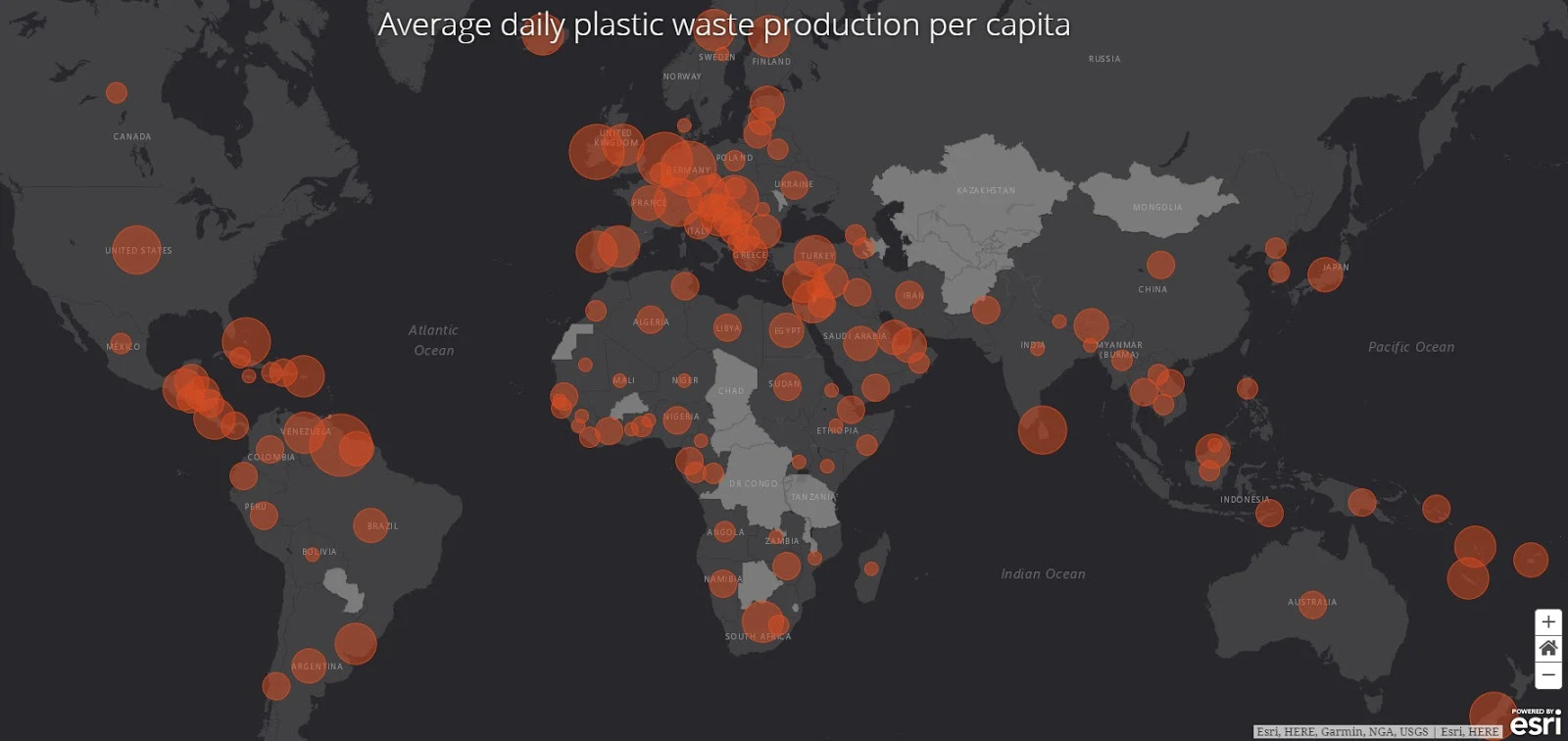Plastic is ubiquitous in our everyday lives – so much that we cannot imagine living without it, nor see how dependent we have become on it. Plastic is in almost everything. Plastic production exceeds 300 million tonnes annually and if current trends continue, another 33 billion tonnes will have accumulated around the planet by 2050. Over two-thirds of plastic consumption comes in the form of packagings such as containers and bags, and building products like plastic pipes and vinyl siding. Massive amounts of electronic and electrical products are made out of plastic. While we may not be aware of it, we also wear a lot of plastic. For example, the soles of shoes are often made of polyurethane or similar materials. One way or another all these items will eventually create plastic waste.
Plastic waste has huge potential to be recycled into new products. Millions of tonnes of plastic waste are traded around the world every year. The global trade in scrap plastic involves many different players, such as recycling companies, waste traders, dealers and transport companies, making traceability and control of the scrap plastic trade a challenge. Lack of transparency in the “value chain” (defined as the moment plastic is discarded until it is recycled and reprocessed into a secondary raw material or into a new product) provides the opportunity for illegal and informal operations.
This interactive story map focuses on aspects of the trade coming from households, which in Europe accounts for about 40 to 50 percent of total plastic waste. This story map also outlines global trade in scrap plastic and focuses on illegal practices occurring throughout the entire value chain, including the consequences of informal plastic treatment which often takes place far away from where the waste is generated.
Source: ArcGIS
Plastic waste has huge potential to be recycled into new products. Millions of tonnes of plastic waste are traded around the world every year. The global trade in scrap plastic involves many different players, such as recycling companies, waste traders, dealers and transport companies, making traceability and control of the scrap plastic trade a challenge. Lack of transparency in the “value chain” (defined as the moment plastic is discarded until it is recycled and reprocessed into a secondary raw material or into a new product) provides the opportunity for illegal and informal operations.
This interactive story map focuses on aspects of the trade coming from households, which in Europe accounts for about 40 to 50 percent of total plastic waste. This story map also outlines global trade in scrap plastic and focuses on illegal practices occurring throughout the entire value chain, including the consequences of informal plastic treatment which often takes place far away from where the waste is generated.
Source: ArcGIS

This post may contain affiliate links. As an Amazon Associate, I earn from qualifying purchases.